


Book of Hours (use of Geert Groote)
, The Netherlands, South Holland, c. 1470 and 1490s





Book of Hours (use of Geert Groote)
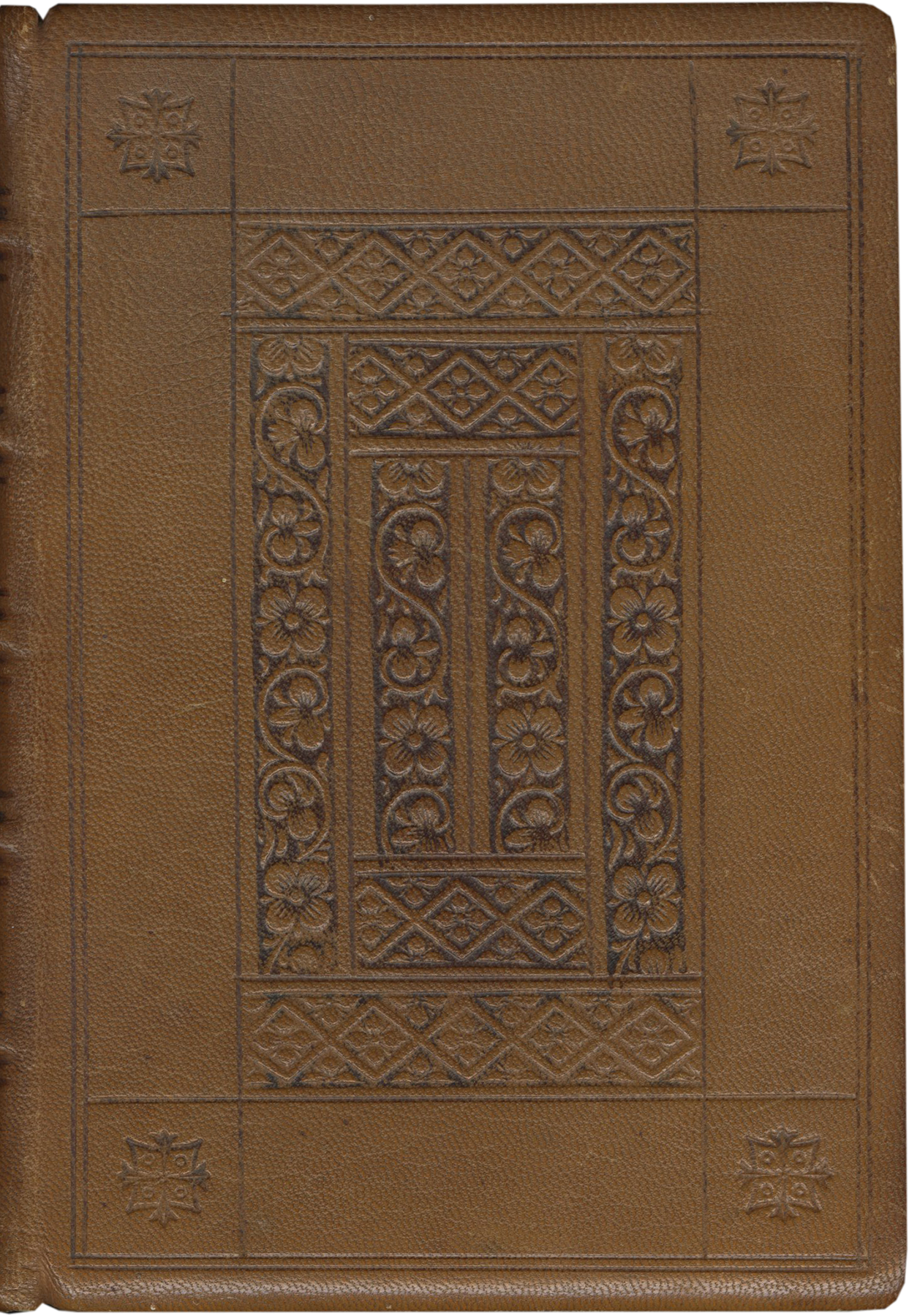
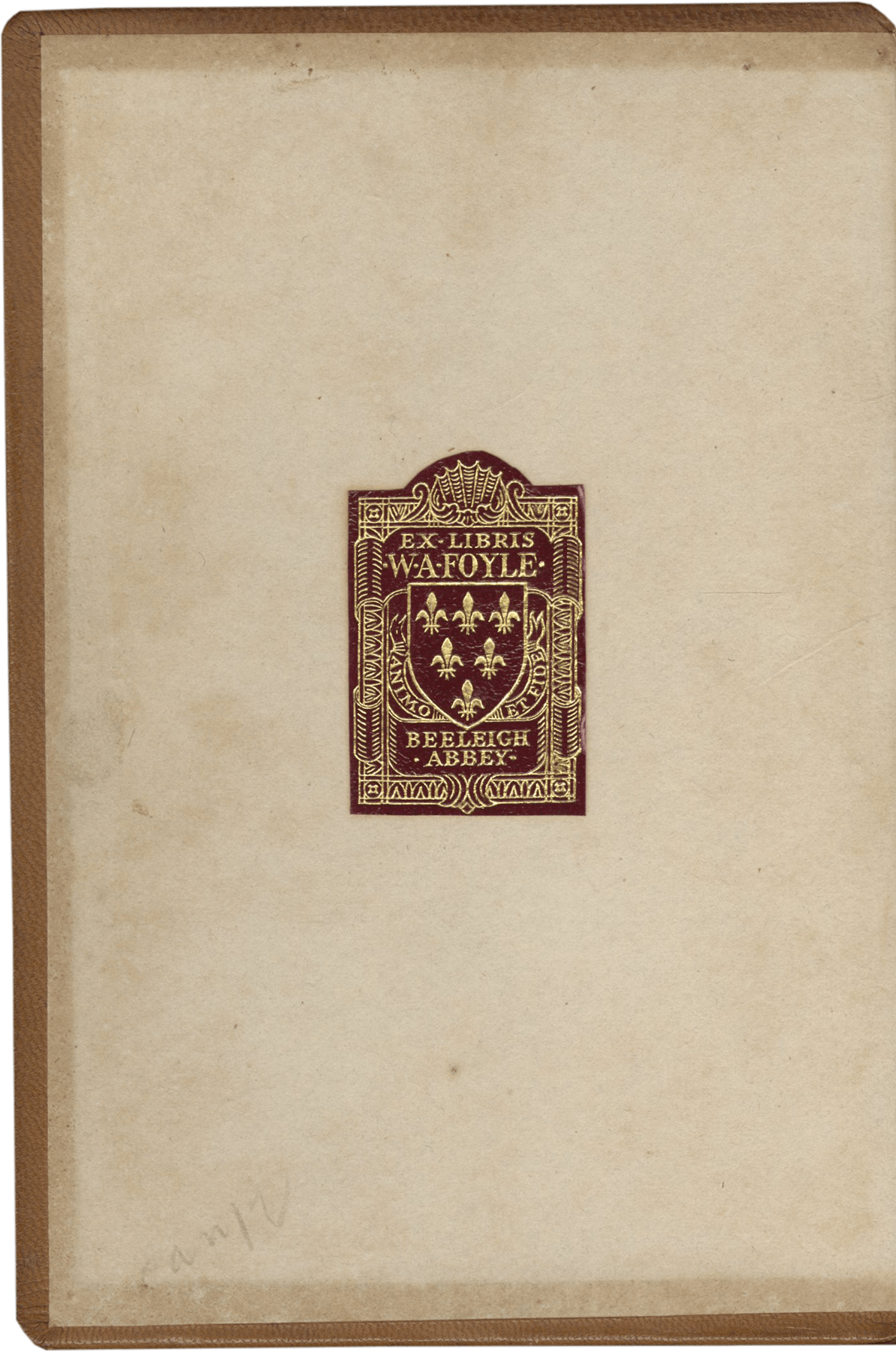
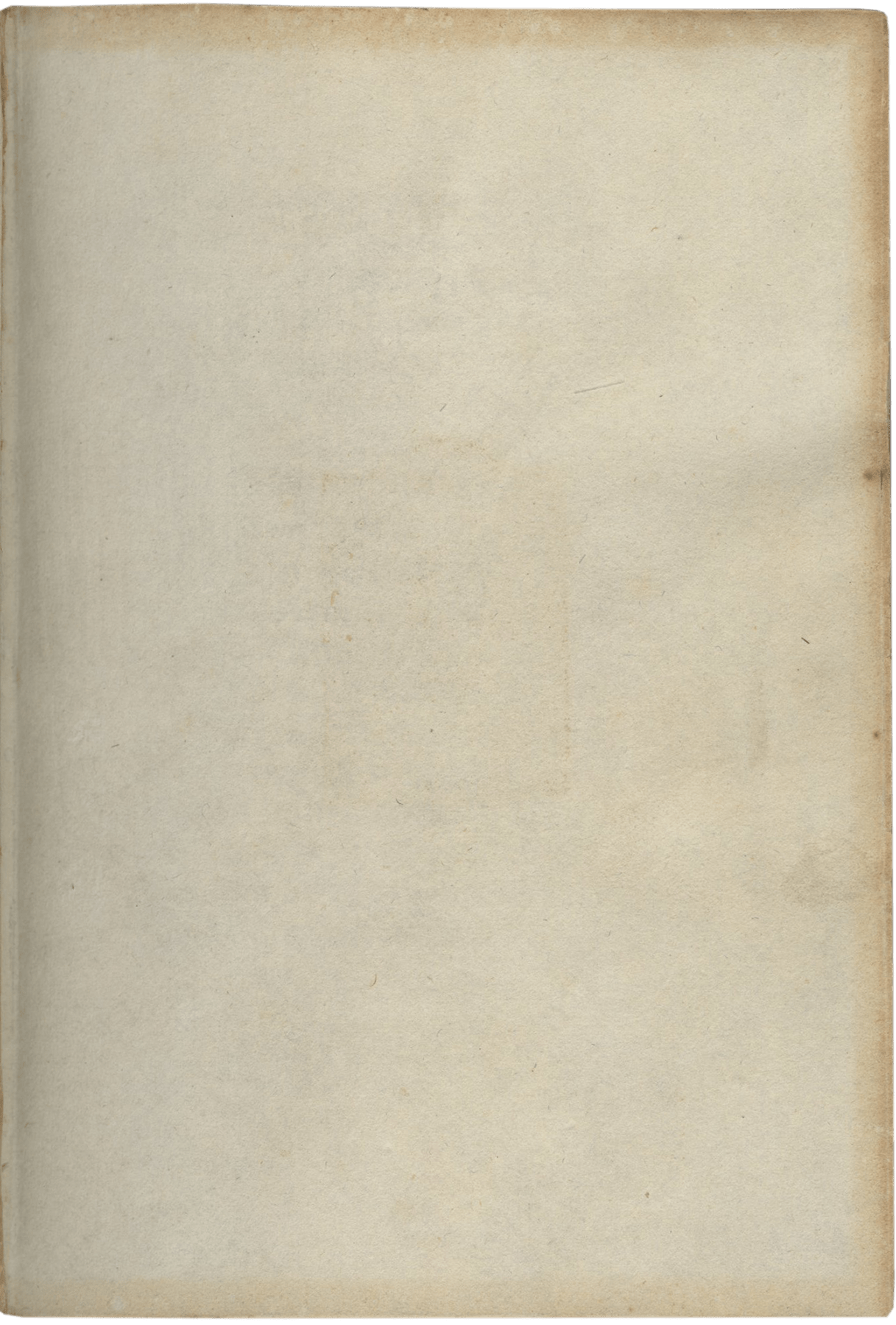
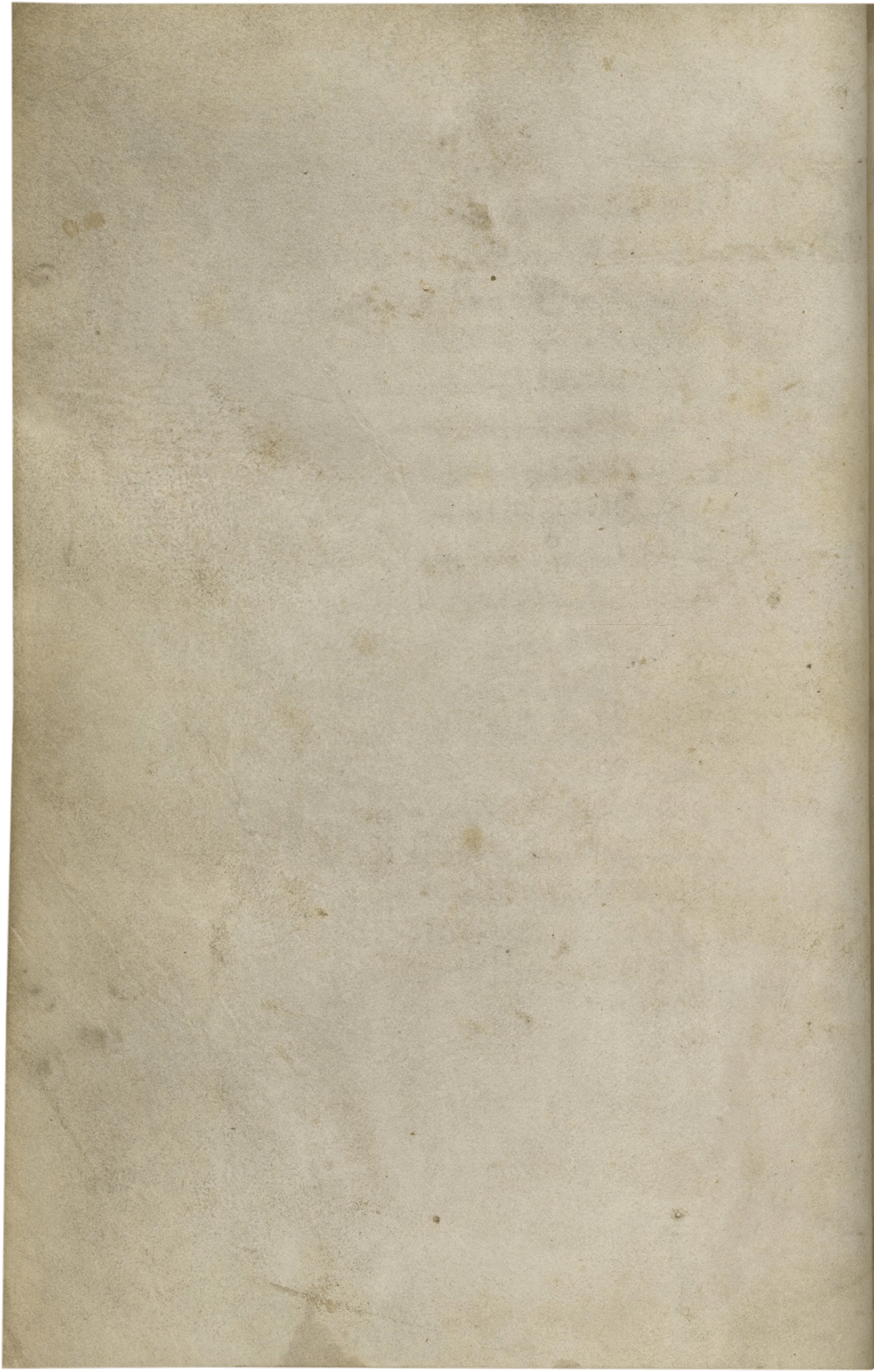
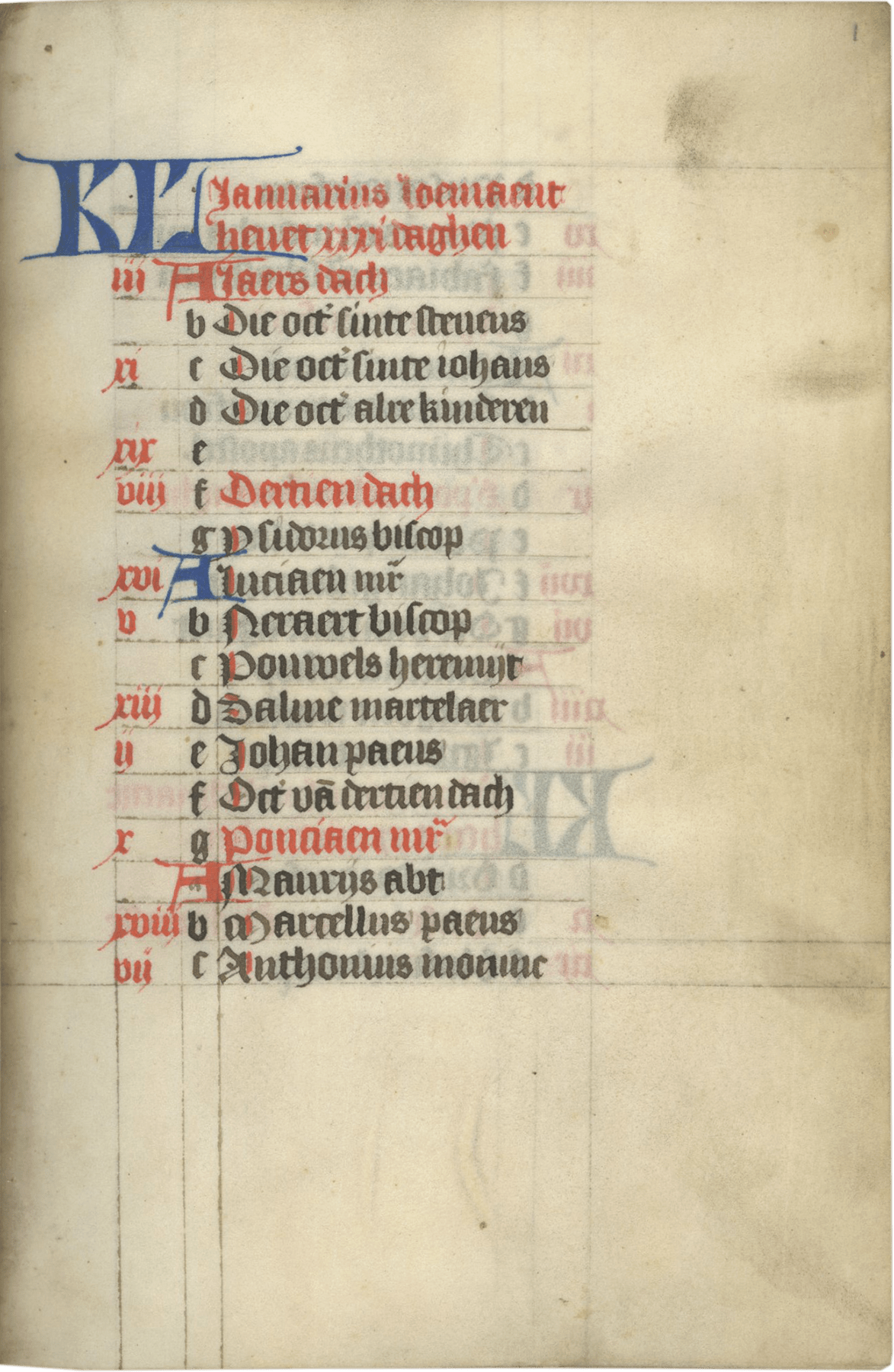
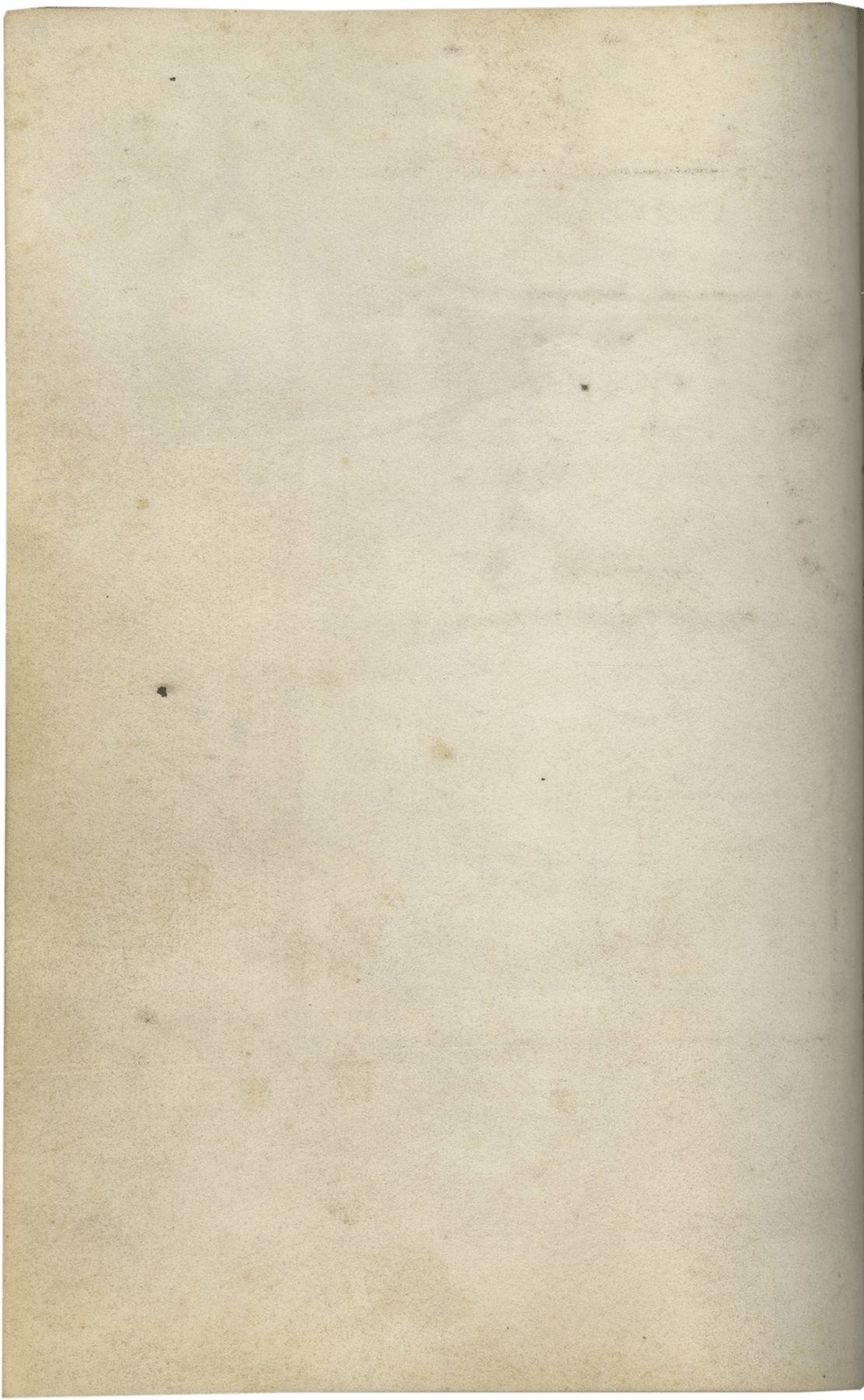
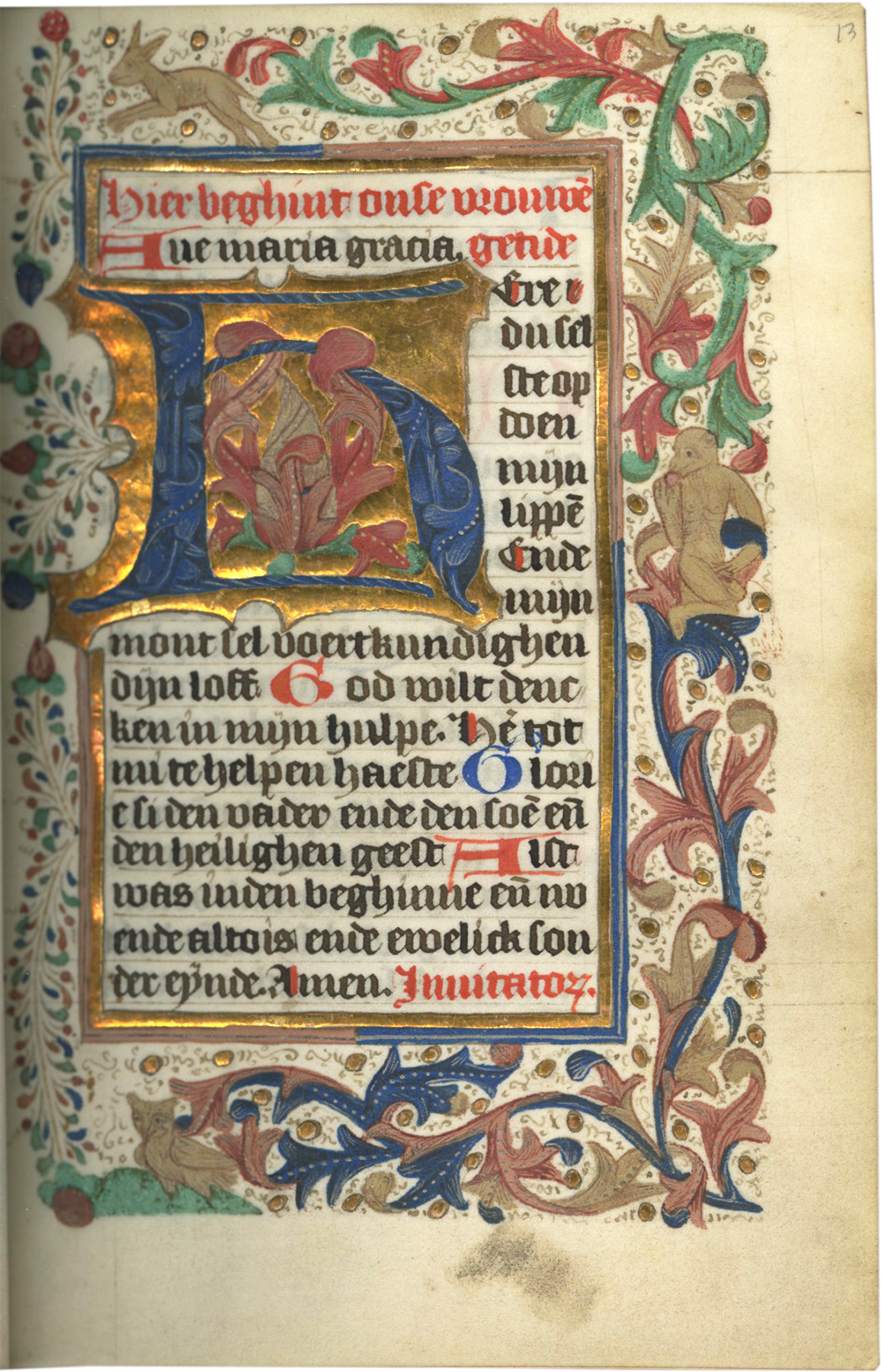


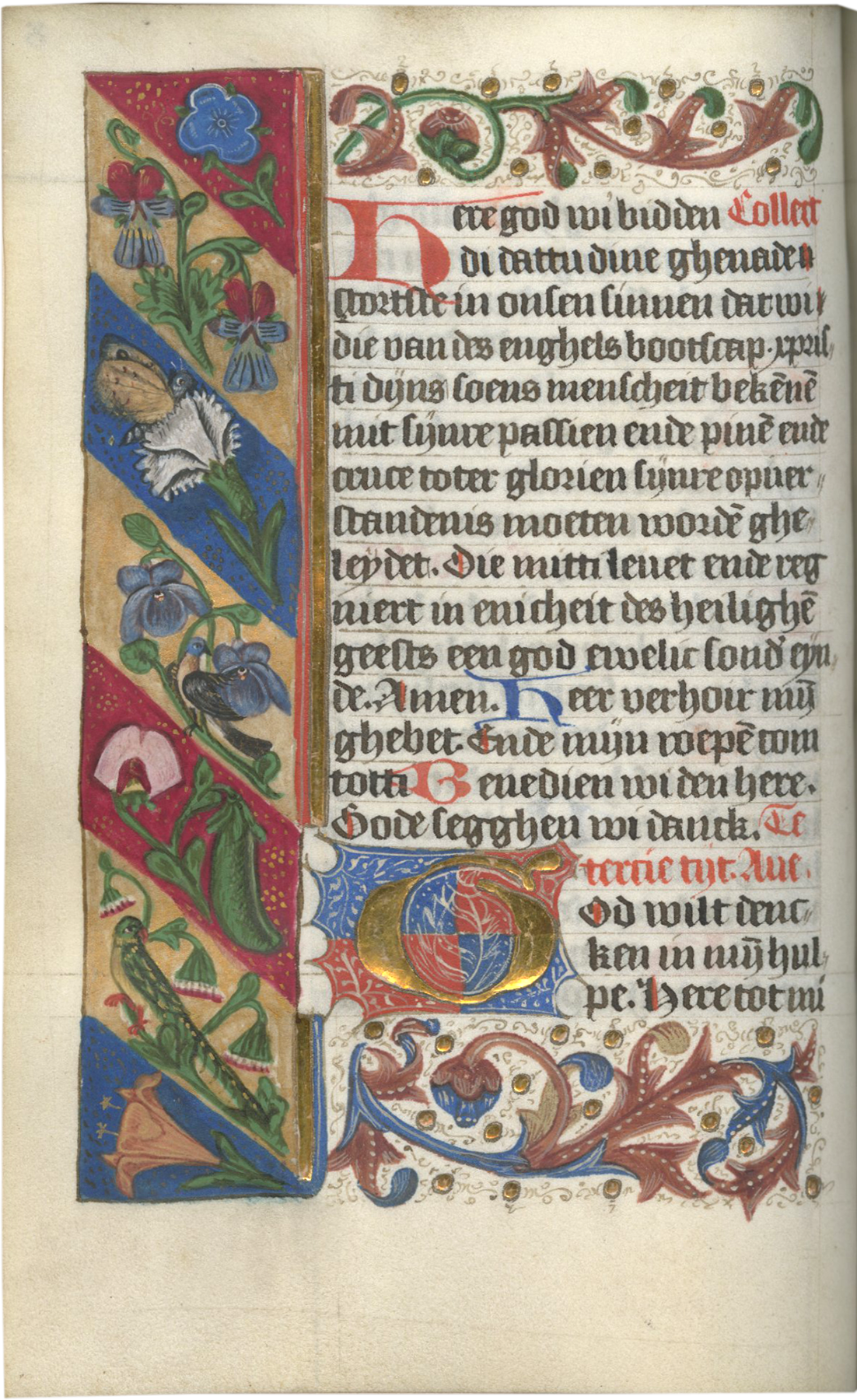

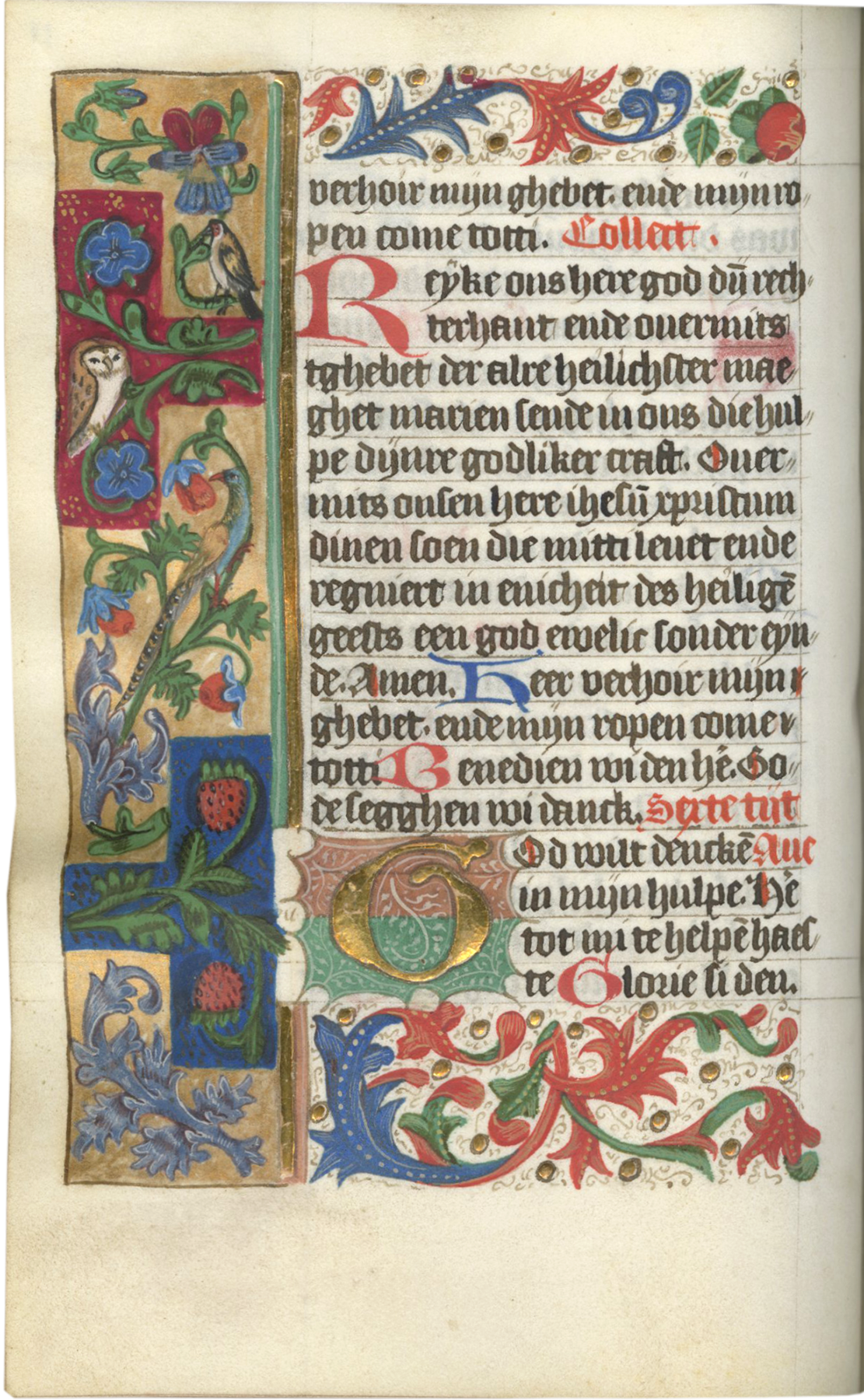
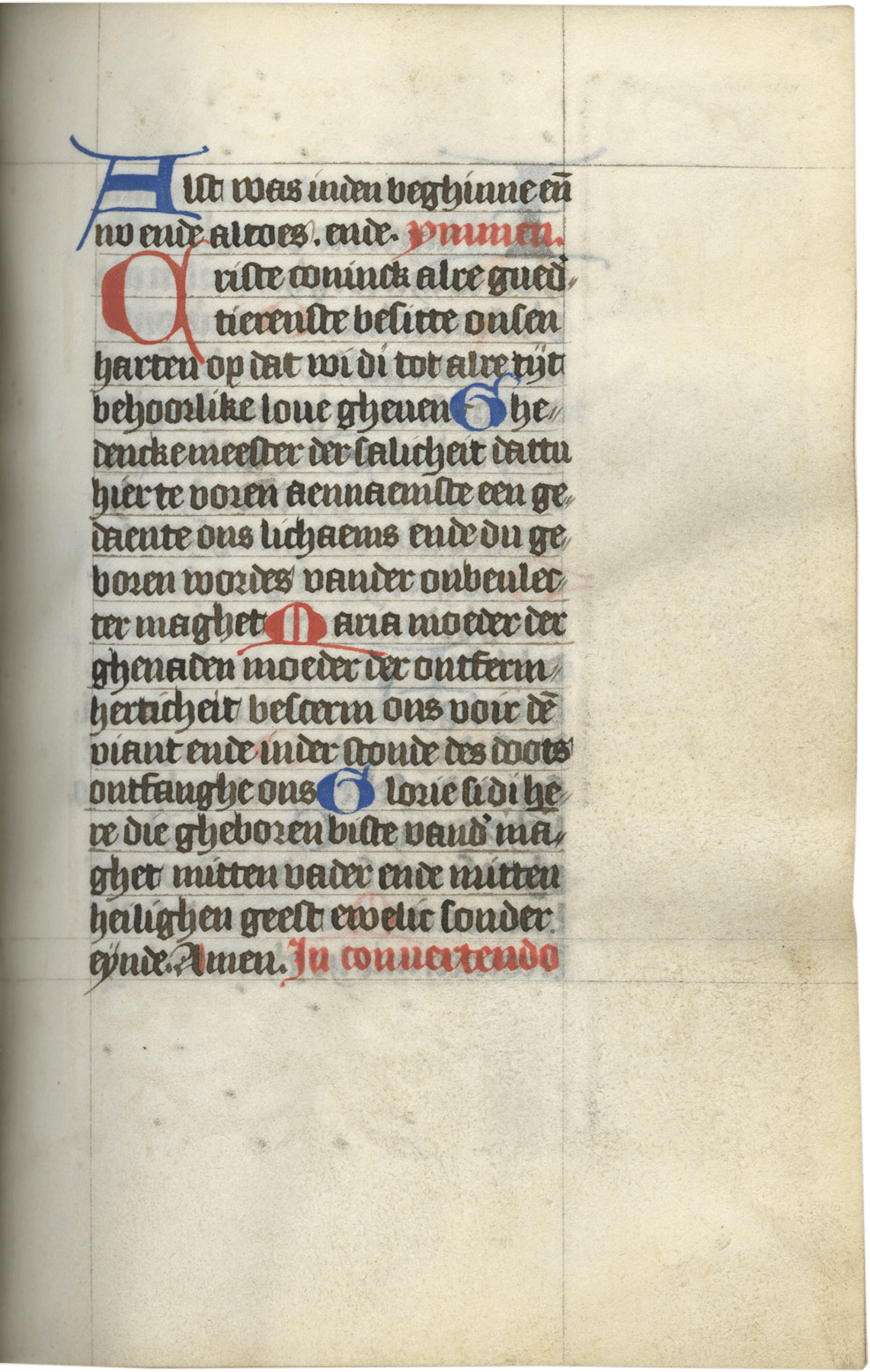
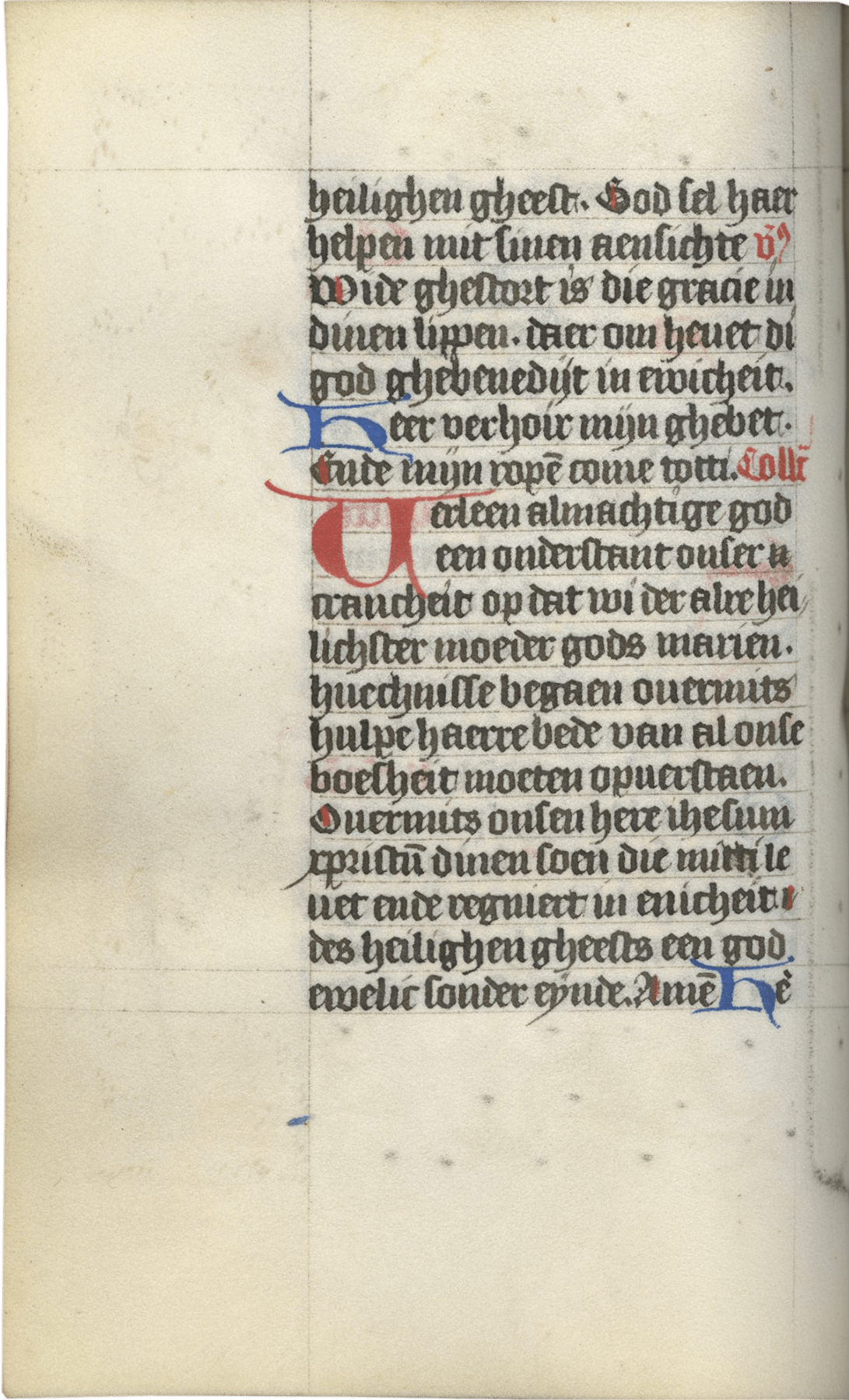



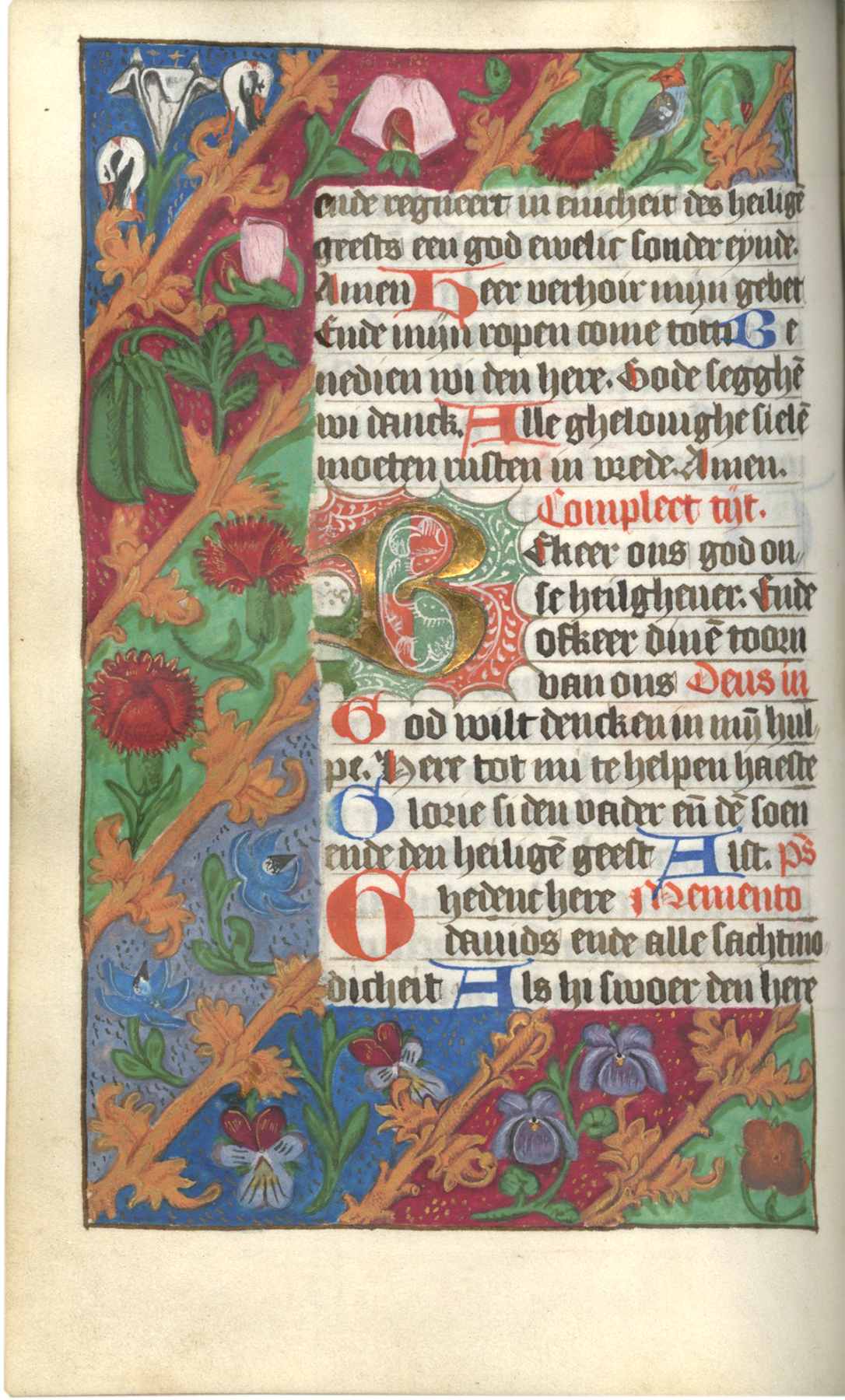
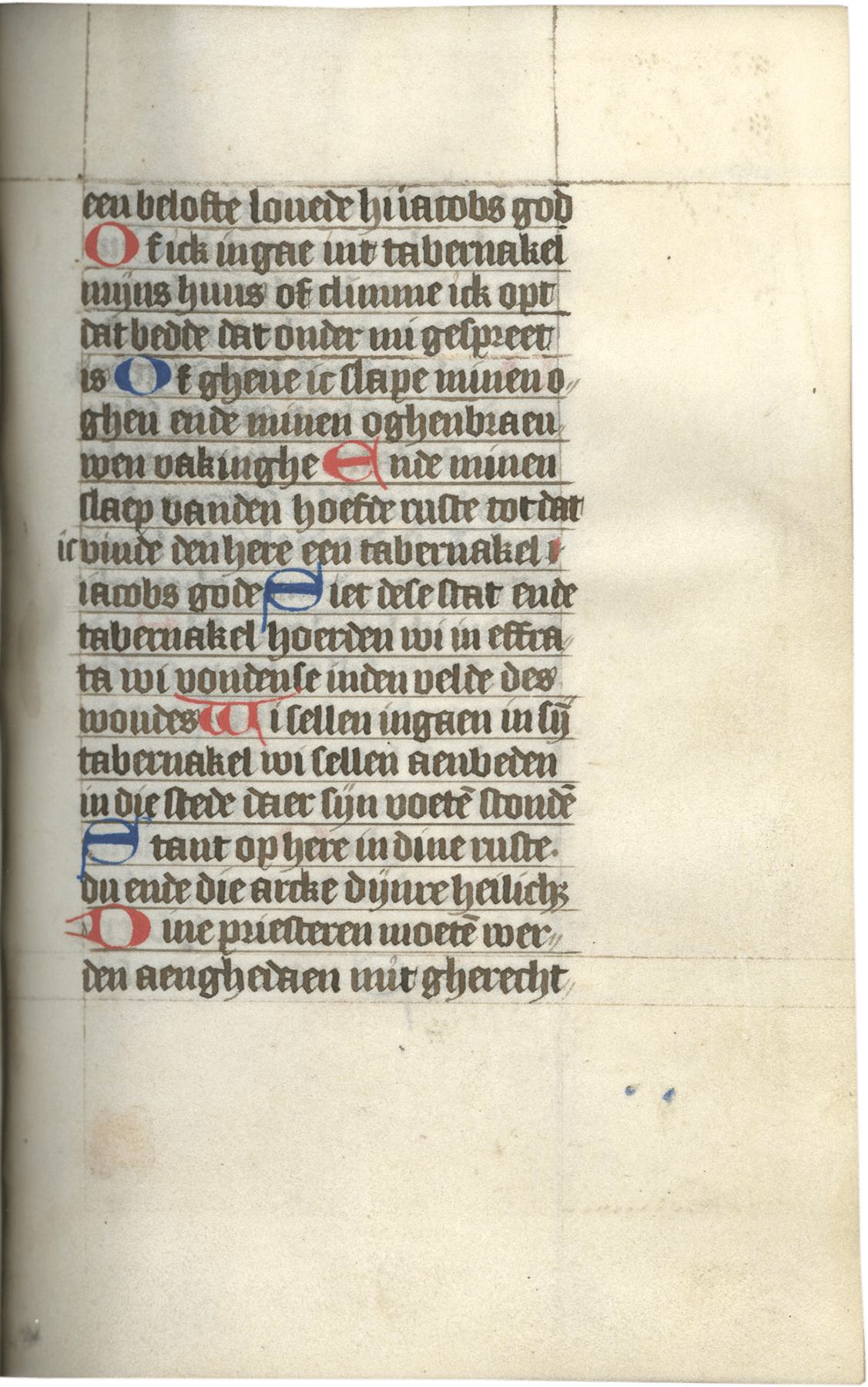
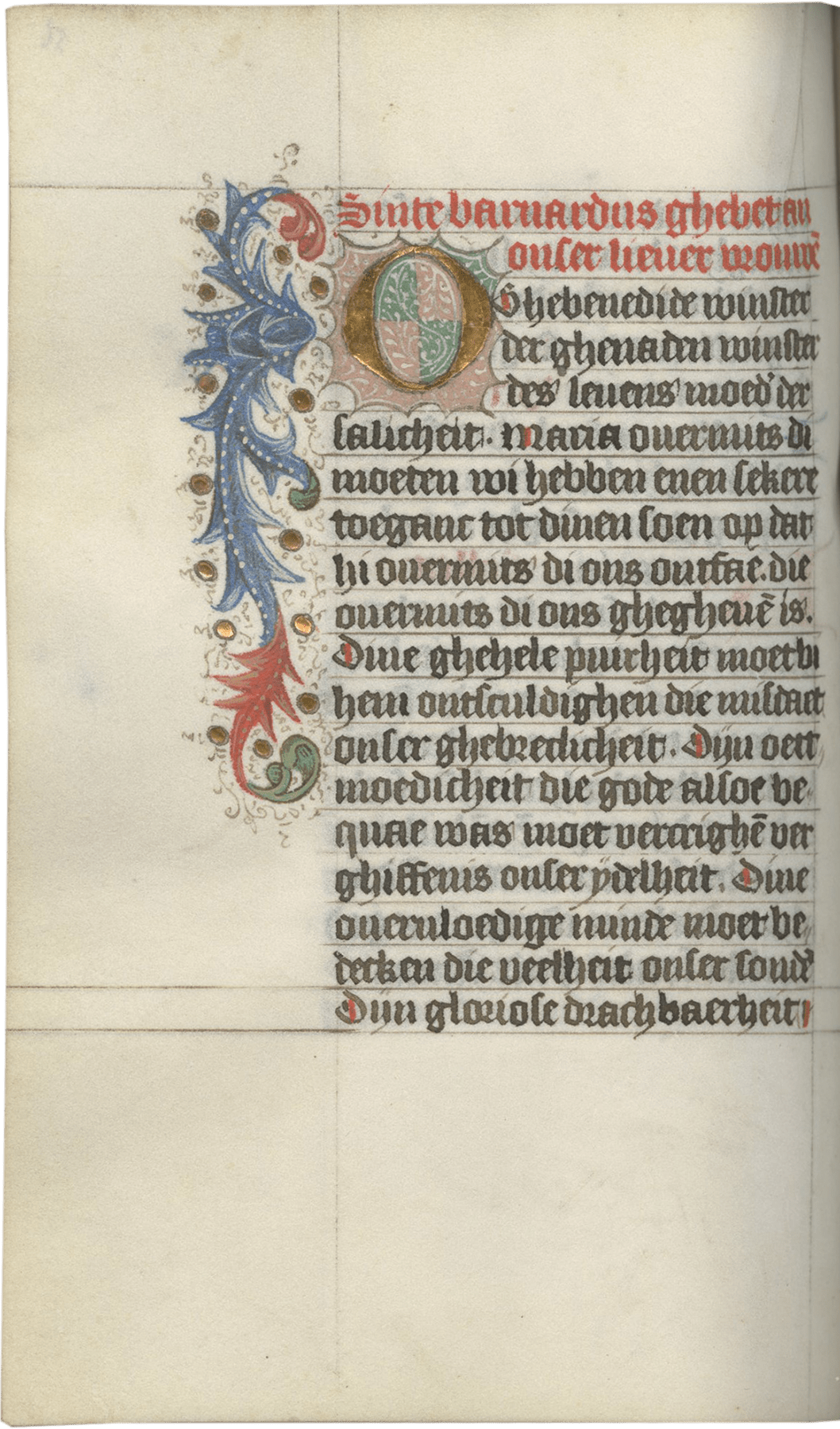
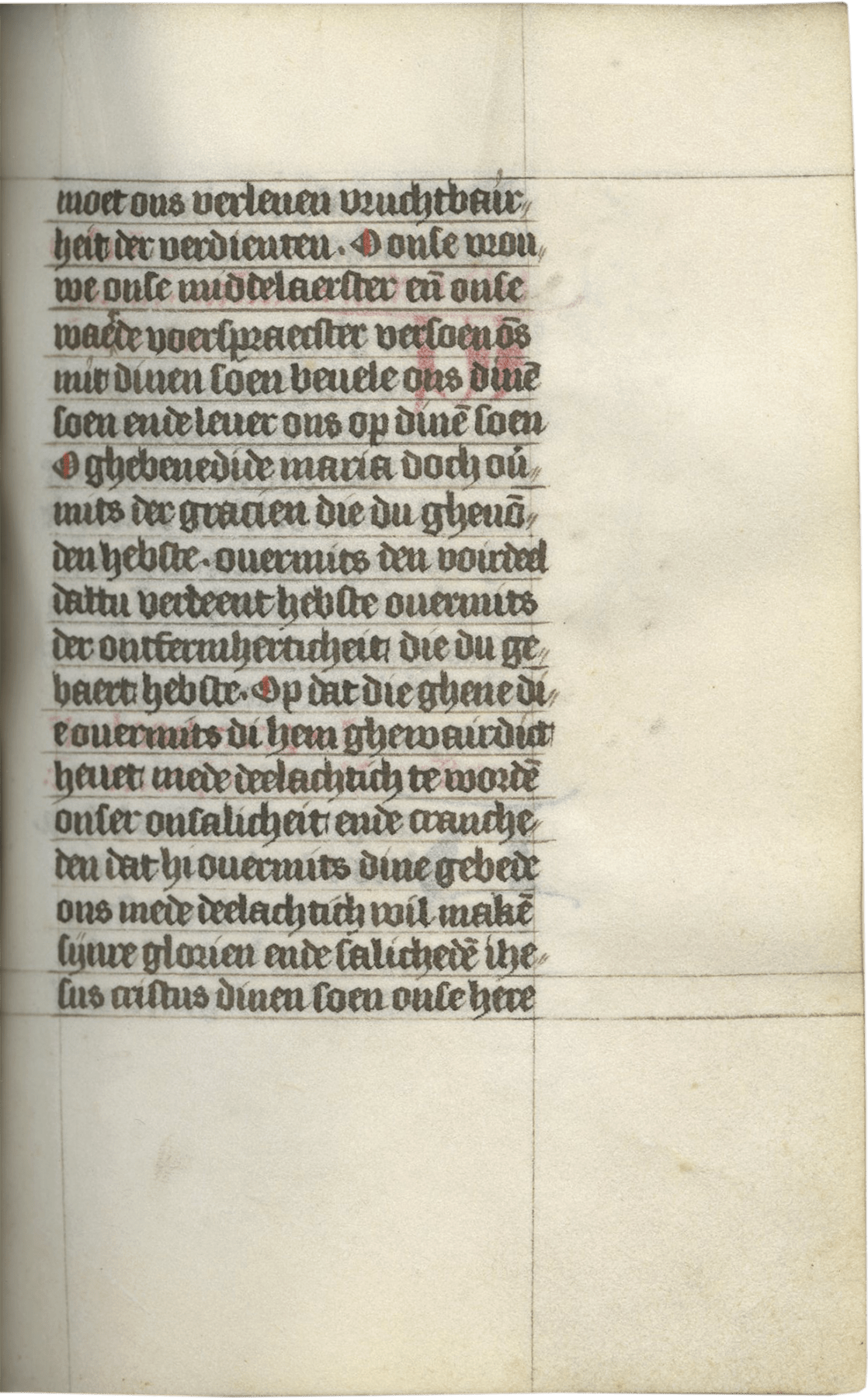

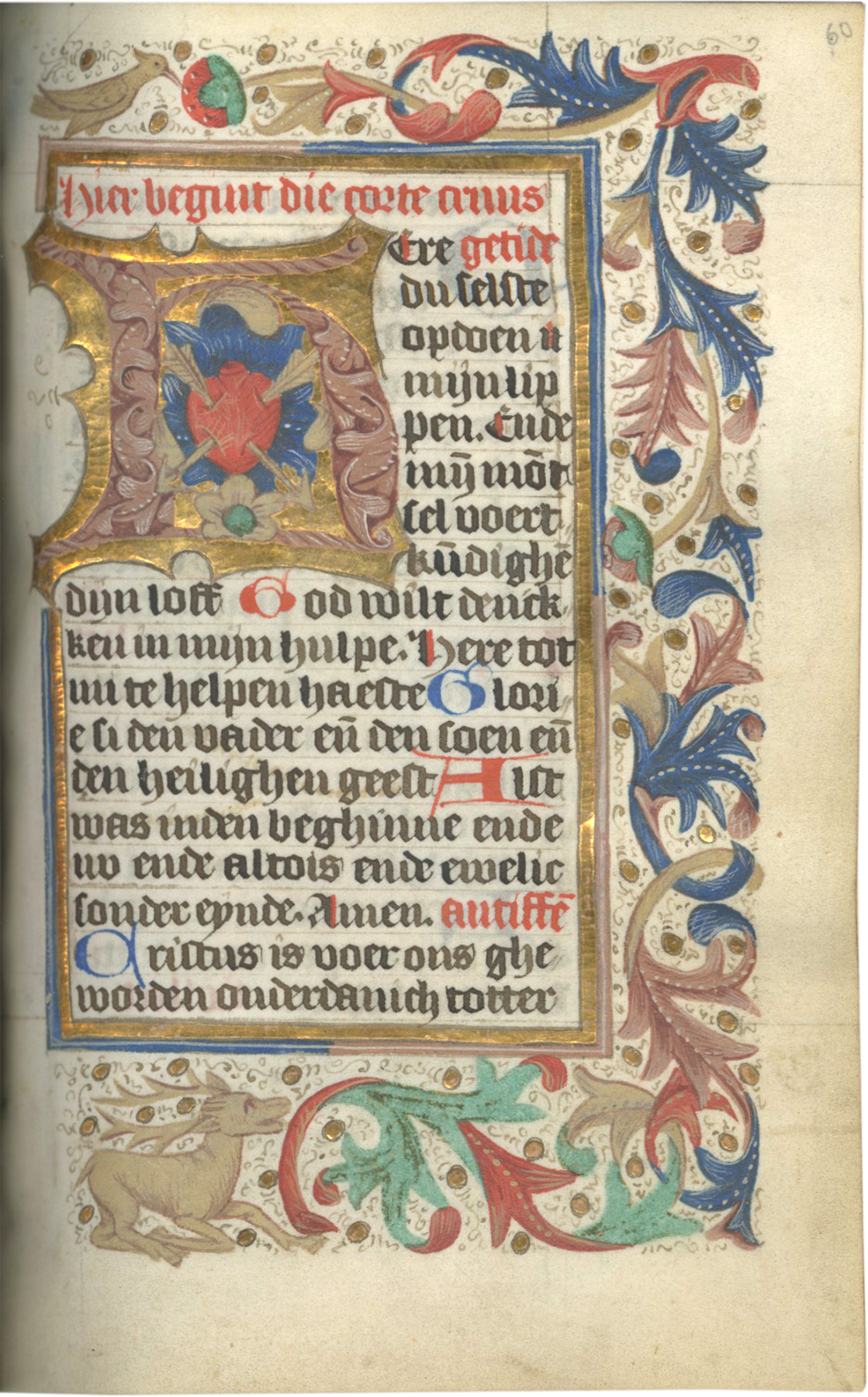

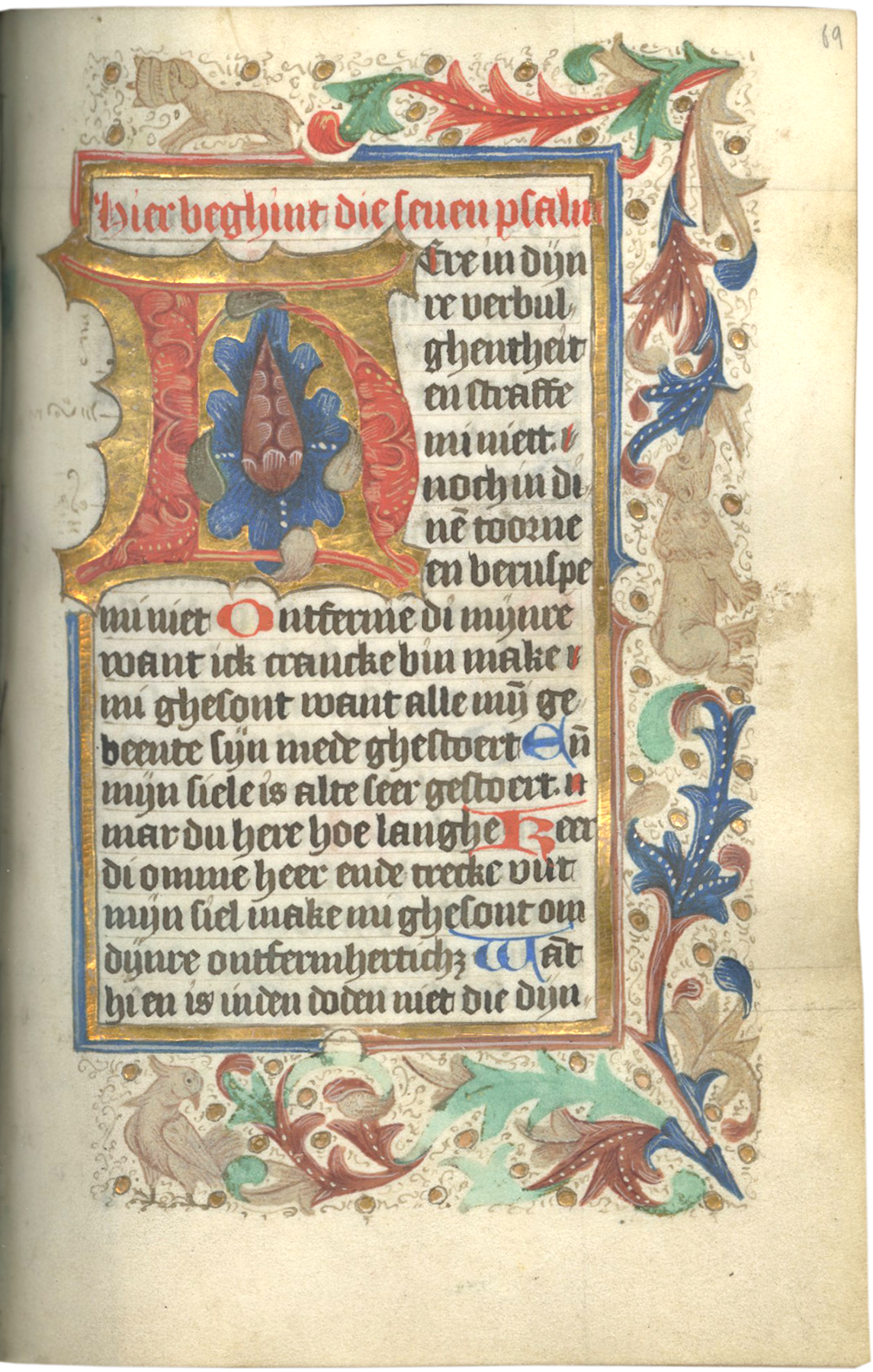
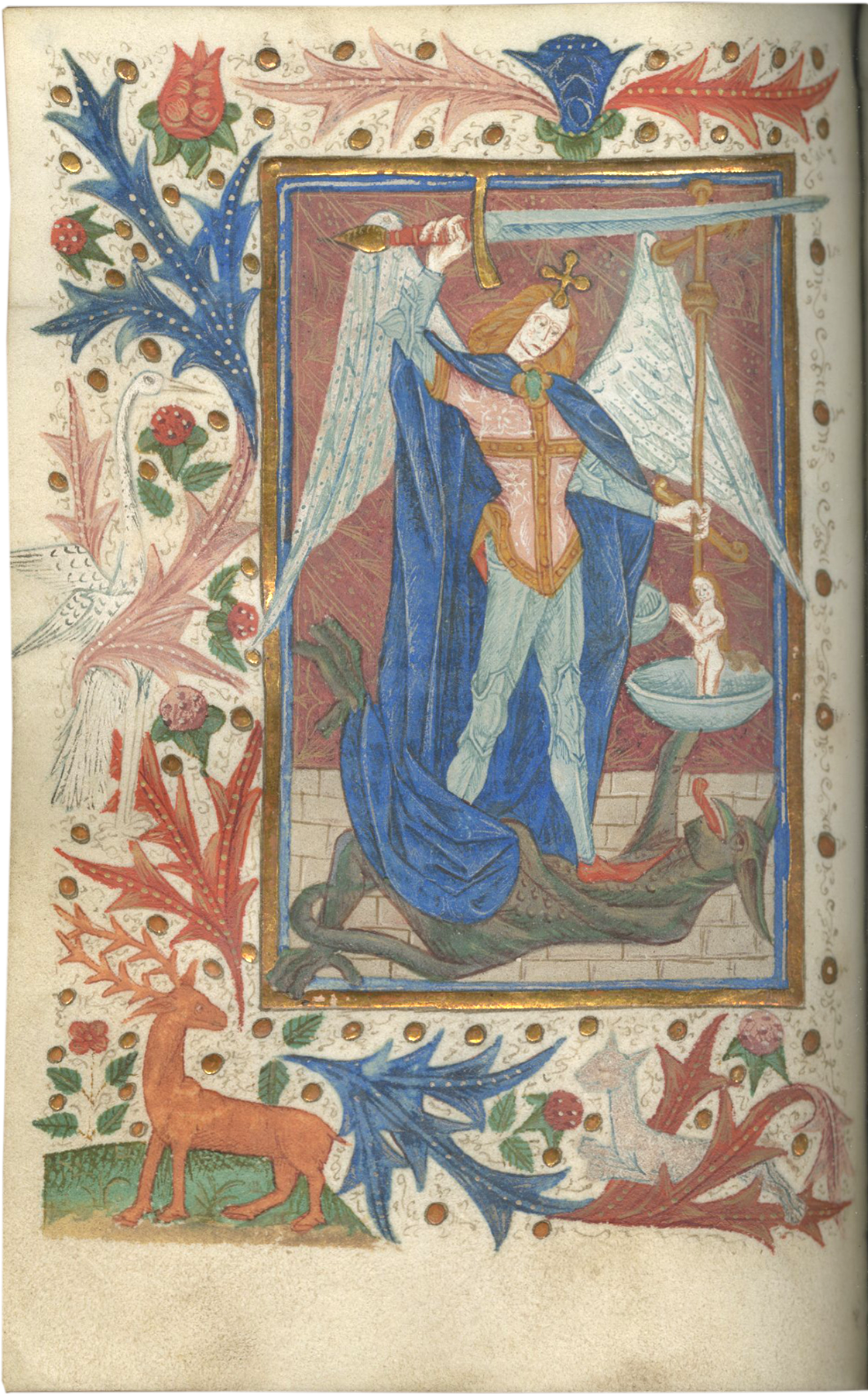
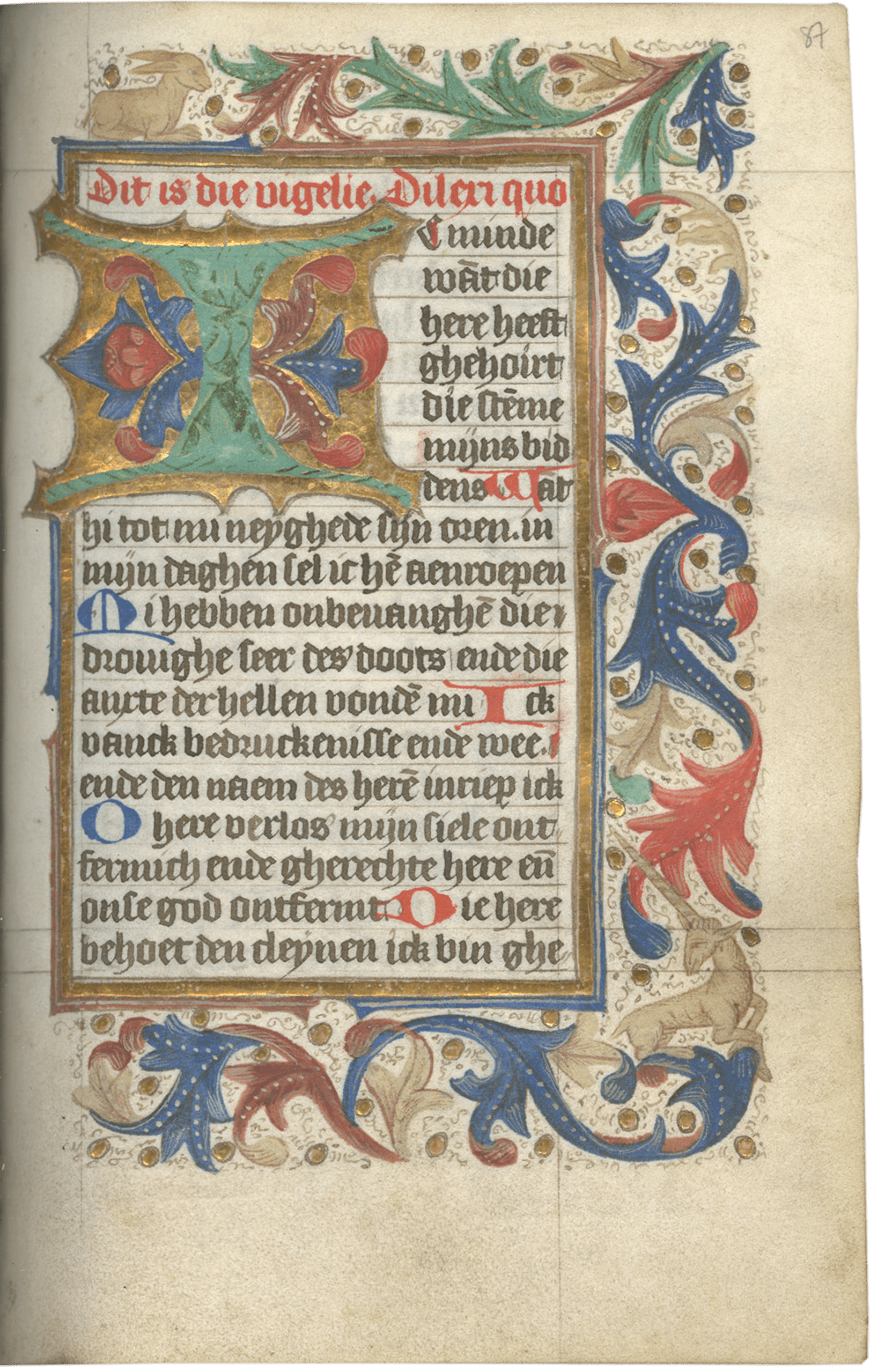
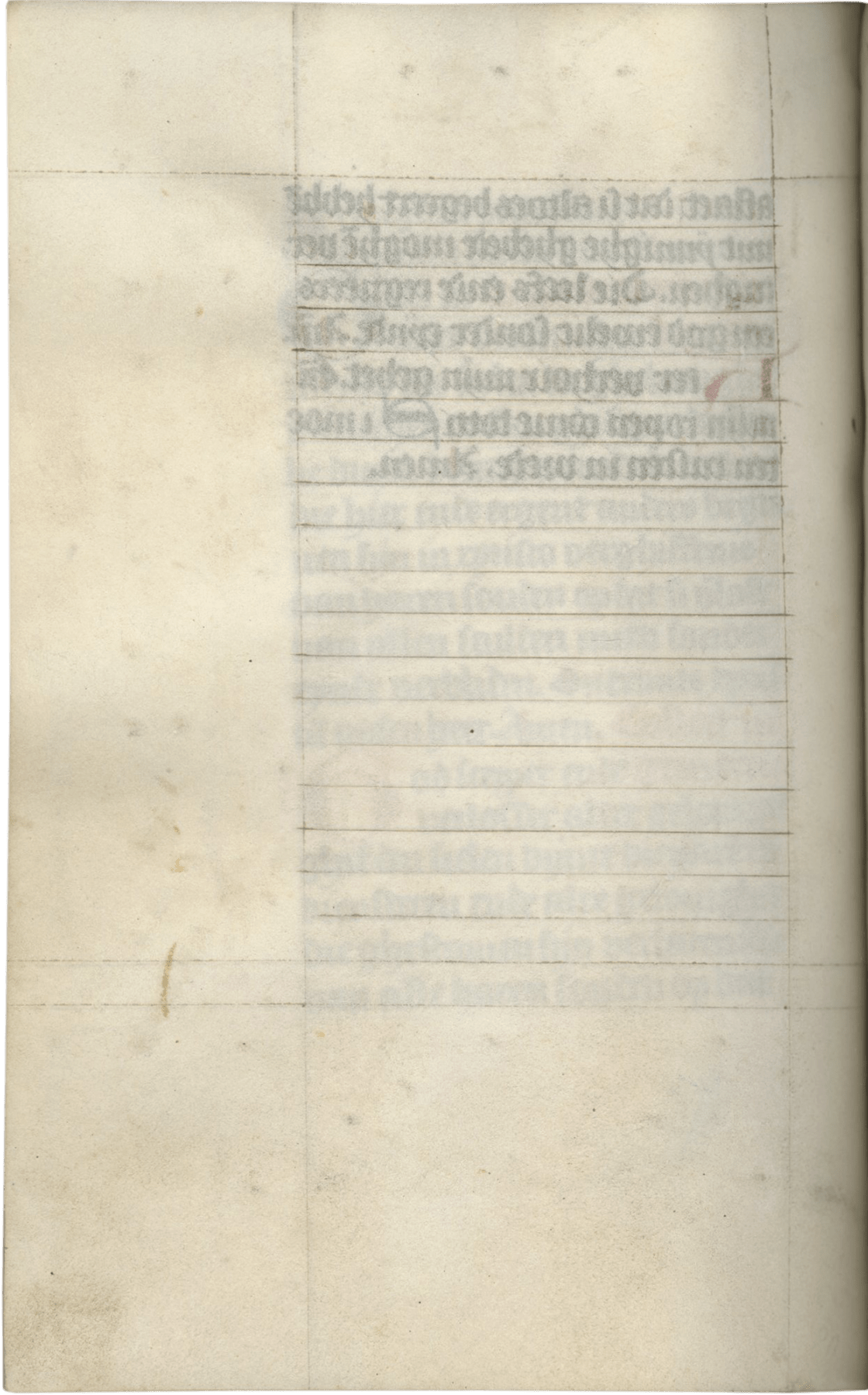
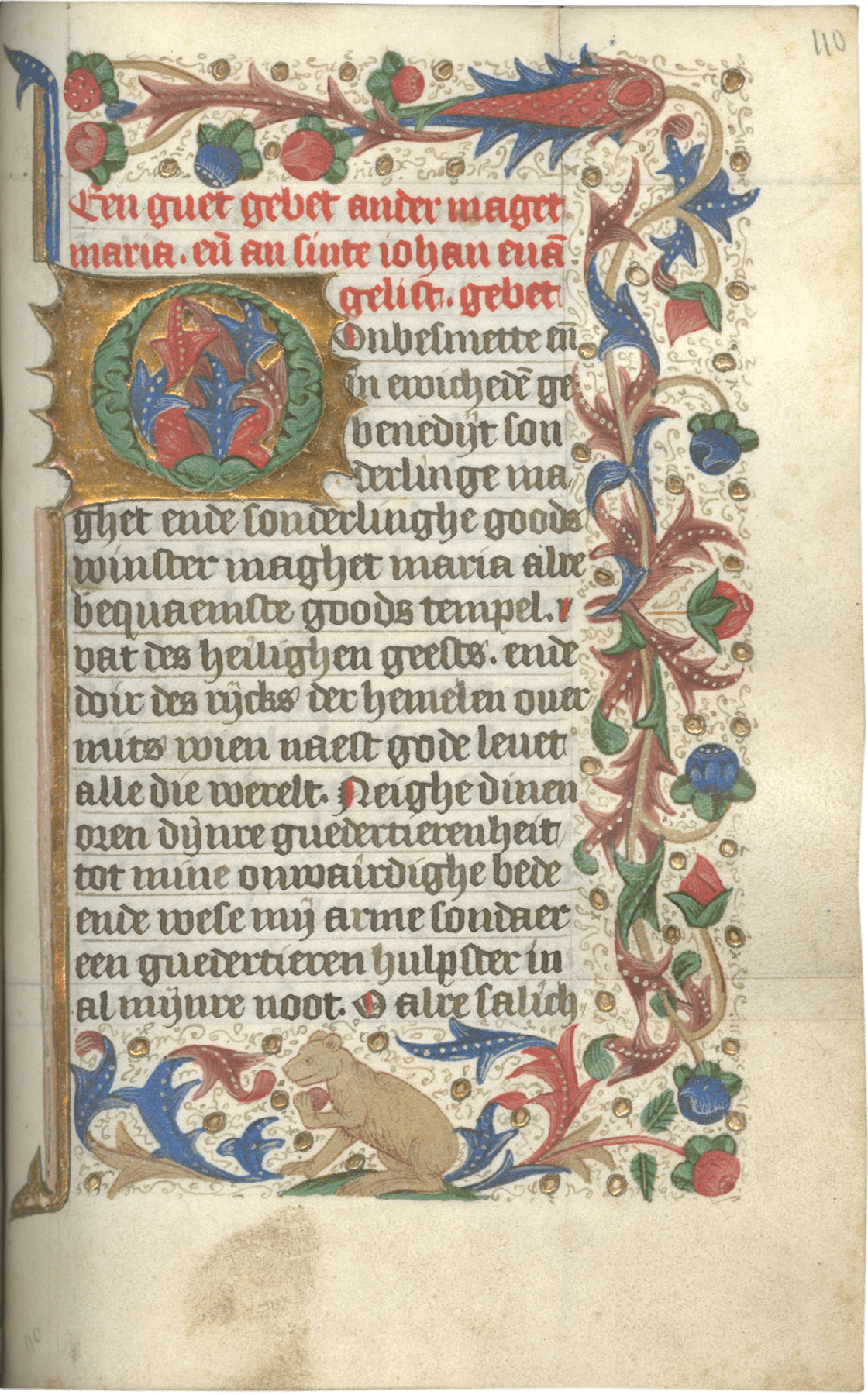

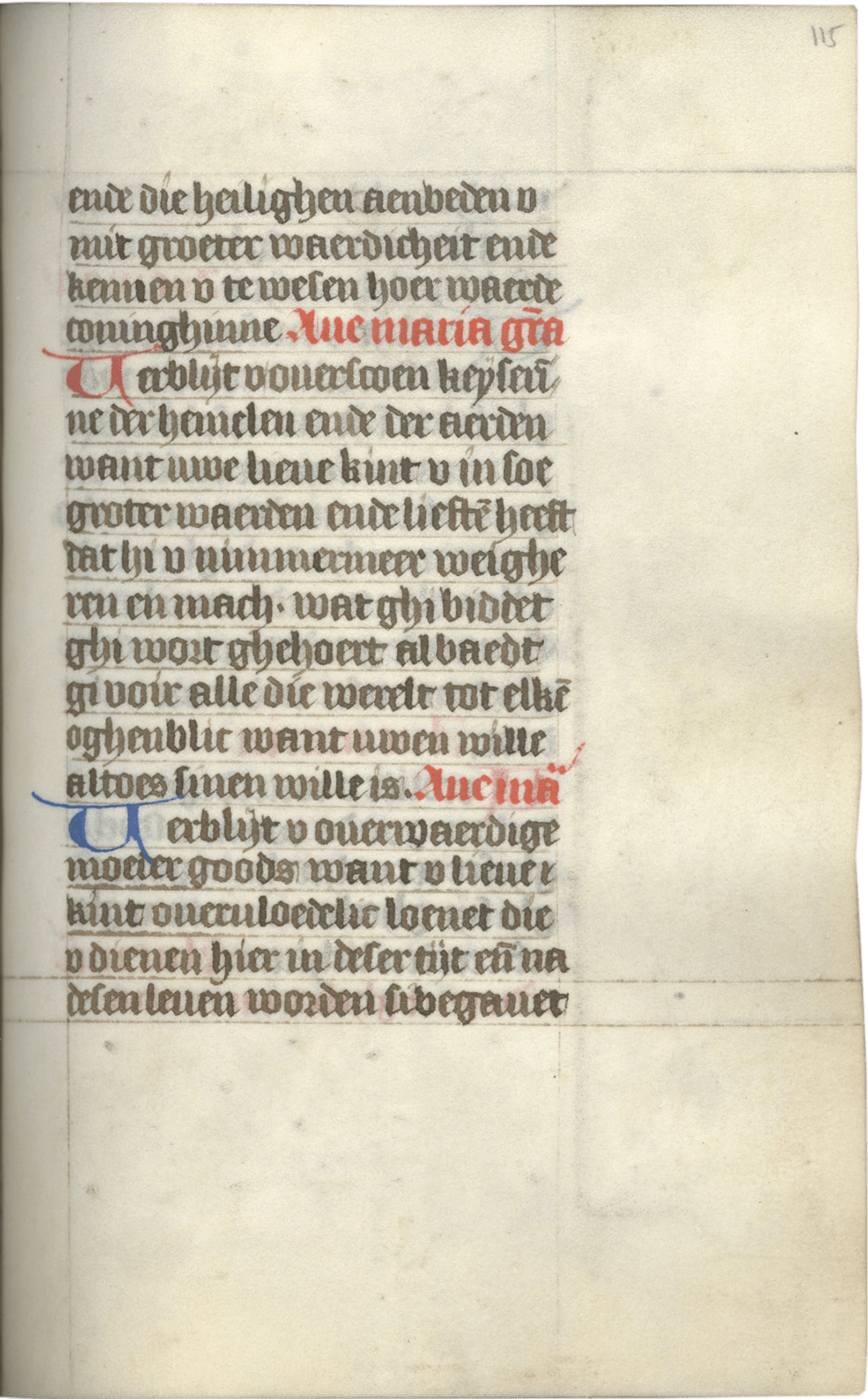


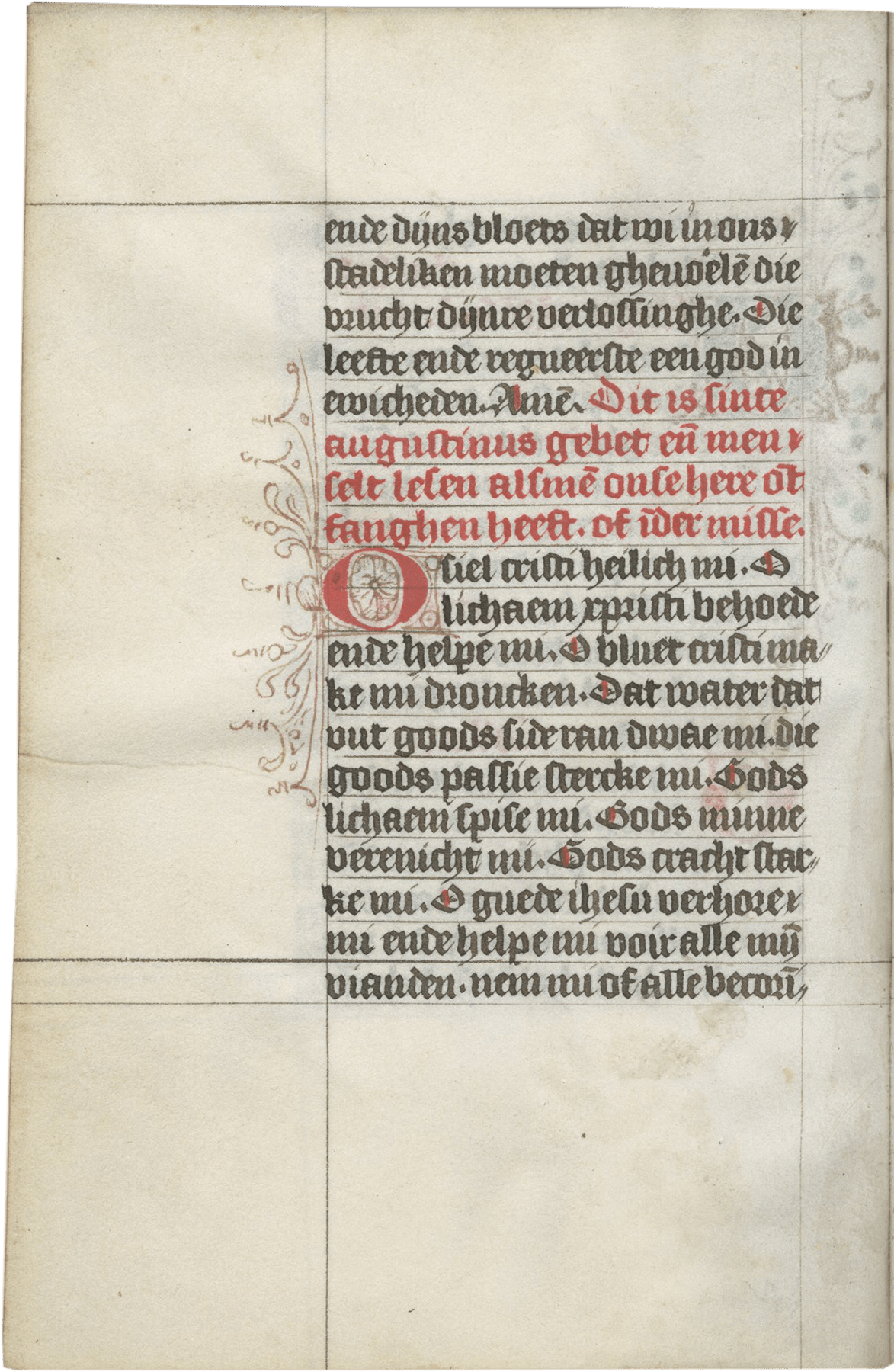
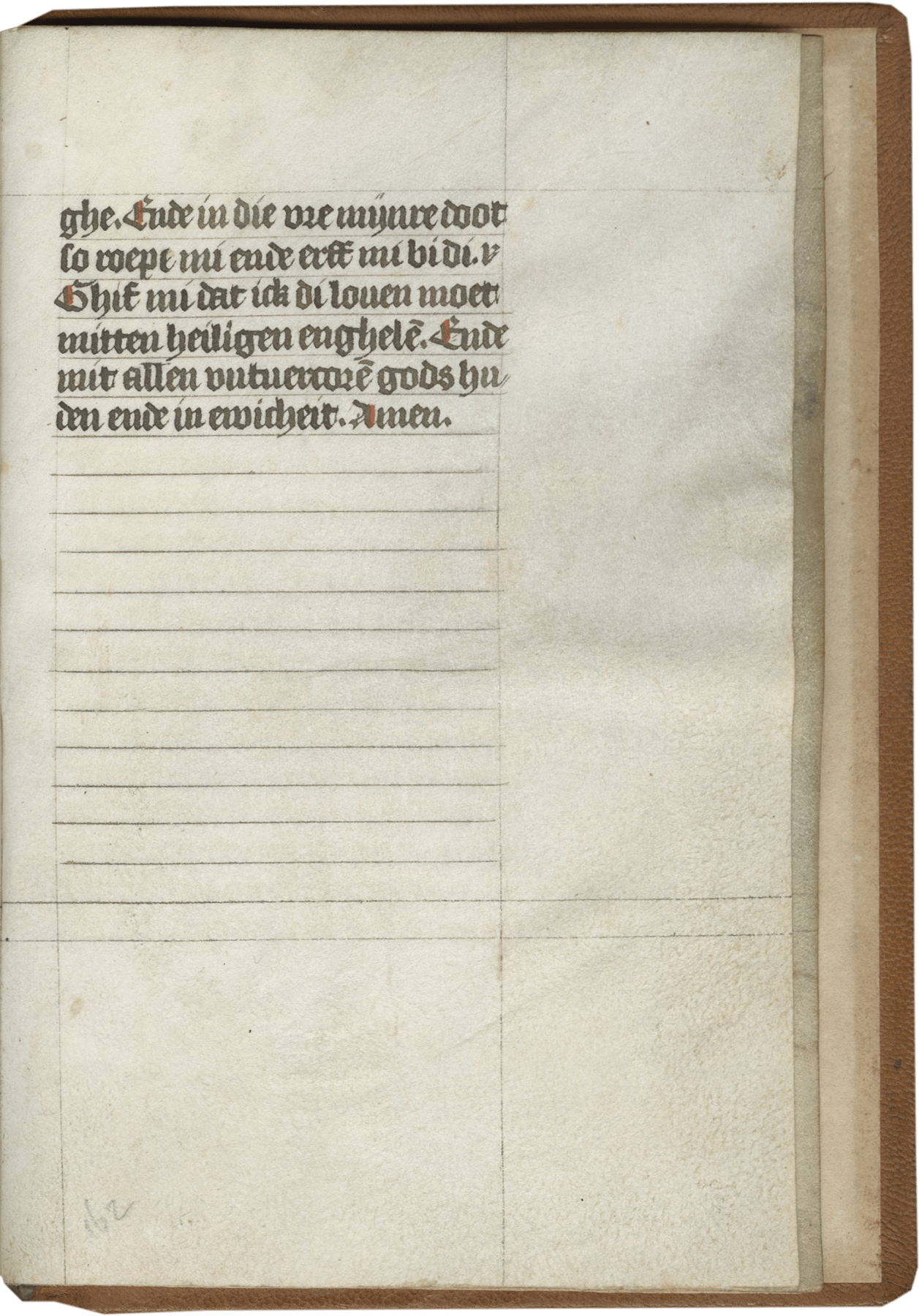
Description
A manuscript whose richly illuminated borders display unusual charm, filled with delightful marginalia of all sorts of fauna and flora – monkeys, rabbits, owls, stags, a bear, a unicorn, daisies, roses, violets – in bright saturated colors. The three full-page miniatures by an artist of the province of South Holland preface major sections of the text, which is written almost entirely in Dutch in keeping with the northern Netherlands commitment to the use of the vernacular for personal devotion, following the reformer Geert Groote.
i + 162 + i leaves. 19 lines of text, ruled space: 100 x 58mm, rubrics in red, text capitals touched red, one- and two-line initials alternately in red or blue, two- to four-line initials in blue flourished red or red flourished pink, all with green wash, three- to five-line initials in burnished gold on grounds of green and pink, green and orange, or blue and pink with white tracery, with extensions of scrolling acanthus in various colors, bar borders in burnished gold and colours, or panel borders depicting a variety of flowers, fruit and foliage and inhabited by birds, butterflies, foxes and monkeys, eight large initials (5-8 lines) with full bar borders inhabited by hares, monkeys, birds, stags, dogs, bears and a unicorn, THREE FULL-PAGE MINIATURES on inserted leaves with similar borders (probably lacking other miniatures on inserted leaves, occasional minor smudges, recto of first and verso of last leaf pasted to modern endleaves). Modern brown morocco. Dimensions 167 x 114 mm.
Provenance
1. The Hours of the Virgin are for the use of Geert Groote; the pen flourishes show the “radish-style” associated with South Holland (see Korteweg, 1992), the most populated province of the north Netherlands located in the western region of the country and with the principal cities of The Hague and Rotterdam. The Monkey Masters, followed by one of the artists here, were active in this province in Delft as were the Masters of the Delft Half-Length Figures, but the calendar bears no Delft features.
2. William Alfred Westropp Foyle (1885-1963): his sale, The Library of William Foyle, London, Christie's, 11-13 July 2000, lot 64.
3. Private Continental Collection (acquired at the Foyle Sale).
Text
ff. 1-11, Calendar;
ff. 13-56, Hours of the Virgin (Matins ff. 13-22, Lauds ff. 22-31, Prime ff. 31-35v, Terce ff. 35v-38v, Sext ff. 38v-42, None ff. 42-45, Vespers ff. 45v-51v, Compline ff. 51v-56);
ff. 56v-58, Prayers to the Virgin;
ff. 60-67, Short Hours of the Cross;
ff. 69-85, Seven Penitential Psalms and Litany including Sts Lebuin, Radbod, Servatius, Odulf;
ff. 87-109, Office of the Dead;
ff. 110-114, O Intemerata;
ff. 114-116, Prayer on the Seven Joys of the Virgin and Prayer to the Virgin;
ff. 116v-126v, Devotional exercises on the Passion with prayers to Christ and the Virgin for each of the liturgical hours;
ff. 126v-127v, Prayer for forgiveness of sins;
ff. 128-129, Seven Verses of St Bernard and prayer;
ff. 129-130, Prayer to the Holy Face with 1000 days indulgence;
ff. 130-131v, a “good prayer” to Christ;
ff.131v-132v, Prayers on the Passion to be read before the Arma Christi;
ff. 133-133v, Prayer to be said at the consecration;
f. 133v, Prayer to be said kneeling at the Cross;
ff. 134-137, Prayers on the Five Wounds ff.134-137;
ff. 137-140, Prayer on the Seven Last Words;
ff. 140-140v, Prayers to be said at the Mass;
ff. 140v-141v, Prayer with indulgence of 6666 days;
ff. 142-154, Prayers to the Trinity, the Cross, Holy Spirit, All Angels and Saints Michael, Peter, Paul, John the Evangelist, John the Baptist, Andrew, All Apostles, Saints Stephen, Lawrence, Erasmus, Augustine, Martin, Nicolas, Mary Magdalen, Catherine, Barbara, and All Saints;
ff. 154-155, Hymn to be said on going to bed;
ff. 155r and v, Veni creator spiritus, rubric in Latin with Dutch translation;
ff. 155v-156v, Prayer to be said at Mass;
ff. 156v-157, Prayer given by an angel to St. Bernard with different titles of the Virgin;
ff. 158-162, Prayers connected with the sacrament.
Written almost entirely in Dutch (a few rubrics in Latin), the text of the present Book of Hours follows the translation of Geert Groote (1340-84), founder and chief protagonist of the religious movement known as the Devotio Moderna or “Modern Devotion.” This homegrown pietistic movement stressed the need of Christians to imitate Christ. To do so, they had to understand what they read and heard, hence the special importance attached to the vernacular. Groote himself never broke with the Catholic Church, despite how radical his views were for his day, but it is important to remember that Erasmus and Luther were both schooled in Devotio Moderna establishments. Marrow (2007) has confirmed that the so-called “use of Geert Groote” (followed here) conforms neither to the “use of Utrecht” nor to the “use of Windesheim” (the larger congregation of foundations under the influence of the Devotio Moderna). There are a handful of Books of Hours written in French, and occasional examples in Italian or ones with added prayers in Middle English, but The Netherlands is the only place where the Book of Hours in the vernacular was the rule rather than the exception. This phenomenon enhances the interest of the present manuscript.
Illustration
The subjects of the full-page miniatures are as follows:
f. 59v, Christ on the Cross between the Virgin and Saint John;
f. 68v, The Resurrection with the Three Maries in the background;
f. 86v, Saint Michael, with a female soul in his balance, triumphant over the devil;
f. 60, Historiated initial includes a heart pierced by two arrows.
The subjects of the full-page miniatures are as follows:
f. 59v Christ on the Cross between the Virgin and St John
f. 68v The Resurrection with the Three Maries in the background
f. 86v St Michael, with a female soul in his balance, triumphant over the devil
The book was illuminated in two distinct phases, with later borders added to extend the marginal decoration on ff. 31, 35v, 38v, 42, 45v, 51v, and 114v. These are the work of the Monkey Master (also known as the Master of the Anecdotal Monkeys) active in Delft from around 1480, noted not only for the lively monkeys and other animals in his strongly colored borders but for the variety of fruit and flowers (Fig 1; cf. Defoer et al., 1990, pp. 266, 277-278). His work here dates from towards the end of the century because all but the last of his borders are on painted or liquid gold grounds imitating the scatter borders, originated in the southern Netherlands from the 1470s, which became popular to the north from c. 1490. His animals often parallel the text; for example, on f. 45v for Vespers of the Office of the Virgin, a fox in a canon’s almuce (a type of ecclesiastical hood) listens attentively as a monkey in a clerical hood prays with his beads.
The artist of the miniature of Saint Michael may have been responsible for the original border decoration, and both borders and miniature show some links with the Master of the Delft Half-Length Figures (Fig. 2; Defoer et al., 1990, no. 60). The more sinuous acanthus stems, with their dotted highlights, are, however, interspersed with gold disks each individually pen flourished, not linked on hairline tendrils, a characteristic of some Utrecht manuscripts, such as the Hours of Gijsbrecht van Brederode (Defoer et al., 1990, no 65). The other two miniatures are less accomplished and more difficult to localize.
We are grateful to Anne S. Korteweg and James Marrow for their expertise.
Literature
Byvanck, Alexander Willem, and G. J. Hoogewerff. Noord-nederlandsche miniaturen in handschriften der 14e, 15e en 16e eeuwen, The Hague, M. Nijhoff, 1992.
Defoer, Henri, Anne Korteweg, and Wilhelmina Wüstefeld. The Golden Age of Dutch Manuscript Painting, New York, NY, George Braziller, 1990, pp. 266, 277-278.
Korteweg, Anne S., ed. Kriezels, aubergines en takkenbossen. Randversiering in Noordnederlandse handschriften uit de vijftiende eeuw, Zutphen, 1992.
Marrow, James, “Notes on the Liturgical ‘Use’ of the Hours of the Virgin in the Low Countries,” in Manuscripten en miniaturen. Studies aangeboden aan Anne S. Korteweg, ed. Jos Biemans, et al., pp. 279-294. Zutphen, Walburg Pers, 2007.
Van Wijk, Nicolaas. Het getijdenboek van Geert Grote, naar het Haagse handschrift 133 E21, Leiden, E. J. Brill, 1940.